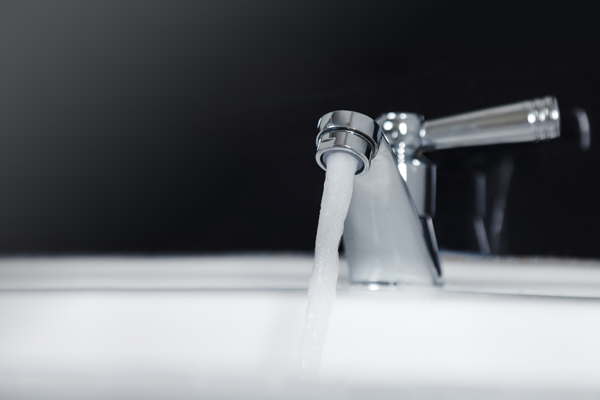Water conservation is the key to reducing energy bills. Heating water accounts for nearly 1/5th of energy use in UK homes.
Reducing hot water demand is an effective way to help occupants conserve energy and reduce bills. Some uses are fixed, e.g. the washing machine or dishwasher. However, many are not.
Showers account for a quarter of UK domestic water usage. To reduce this hot water usage there are three options:
• Cold showers, not ideal on a cold winter morning
• Timers, using egg timers or the ‘favourite song’ method to cut shower time
• Flow reduction, less water is used while the shower is running.
The first two options require active engagement by all members of the household. The last is a fit and forget method of permanently reducing water use.

Image © Adobe Stock
‘Eco’ or water saving shower heads are designed to restrict the water flow to a single outlet. They are highly effective but retrofits like these come at a price, especially larger properties with multiple bathrooms. They also do nothing for running taps, whether they’re in the bathroom or kitchen.
A second 1/5th of water usage is the taps in the house, e.g. rinsing the coffee cup, or washing hands. Again, flow restrictors can be fitted to each of these outlets.
For households on an increasingly tight budget, or developers trying to minimise costs, multiple fittings for each tap or shower might not be an investment they are able to make.

Groundbreaker's NRv2 LoFlo® - Image © Groundbreaker
Household flow restriction for just £20 per property.
The alternative is whole site flow reduction. Fitting a device such as Groundbreaker’s NRv2 LoFlo®, at the meter regulates the level of flow entering customer premises – regardless of network pressure. As the flow of water into the premises is limited, then the amount used in ‘time controlled’ activities is also limited – but without providing a degradation of service. More importantly not requiring any intervention or behavioural change on the part of the customer, so leading to ‘natural’ reduction in consumption.
Our water companies are regulated to provide a minimum level of water supply, but in many areas, due to network structure and gravity fed systems, supply is much greater. Households in high pressure areas could be receiving up to three times the required minimum levels. So, run a hose for five minutes at the bottom of the hill, and your lawn will be greener that the gardener that does the same at the top. These ‘time controlled’ uses, e.g. teeth cleaning, taking a shower, running a tap to rinse dishes could be standardised down if all households received the same acceptable, ‘standardised’ supply.
The abstraction of water from rivers and aquafers and the carbon cost of cleaning and processing water is a significant contribution to our impact on the environment. There, as part of UK Net Zero Carbon targets water companies have been targeted to reduce the water householders are using, Per Capita Consumption (PCC).
Recent field trials of NRv2 LoFlo® by a major UK water company have showing savings of 5%. PCC reduction targets average just under 6% in the UK, so utilising property flow restriction could achieve just 1% off the average PPC reduction targets!
In recent trials in England, few occupants noticed the change in supply, and where they did it was the positive impact of reduced flow that was cited, e.g. reduced splashing at the kitchen sink.
Not a single occupant wanted the NRv2 LoFLo® to be removed after the trial period.
The NRv2 LoFlo® can be easily and simply retrofitted to any meter installation, or meter exchange when upgrading or remediating underground meter chambers. Thus, allowing Water Companies to manage demand, with little or no impact on consumers, at the minimal cost of approximately £20 per household.
As the NRv2 LoFlo® is fitted at the water meter, it is the water companies fitting. Therefore, developers must be proactive in challenging water companies to provide a standardised supply to help UK housing stock to achieve water consumption targets.
For further information www.groundbreaker.co.uk
- Log in to post comments













